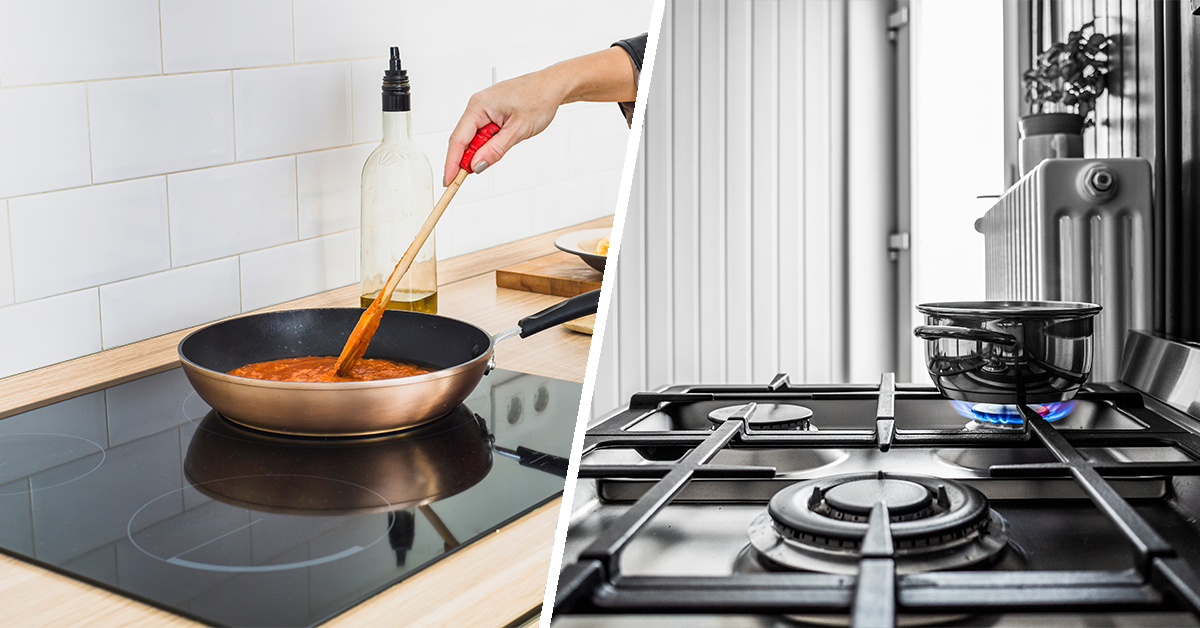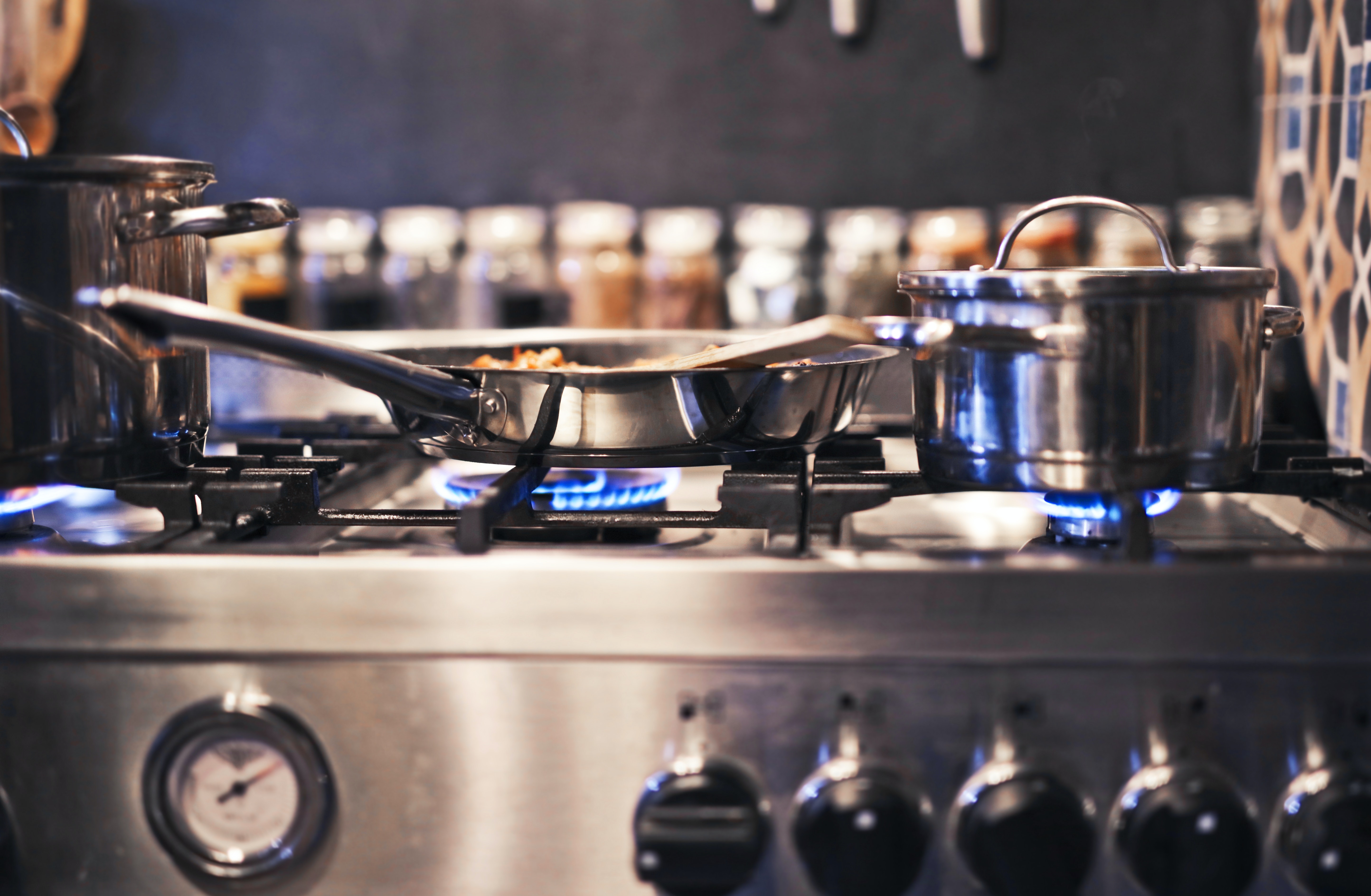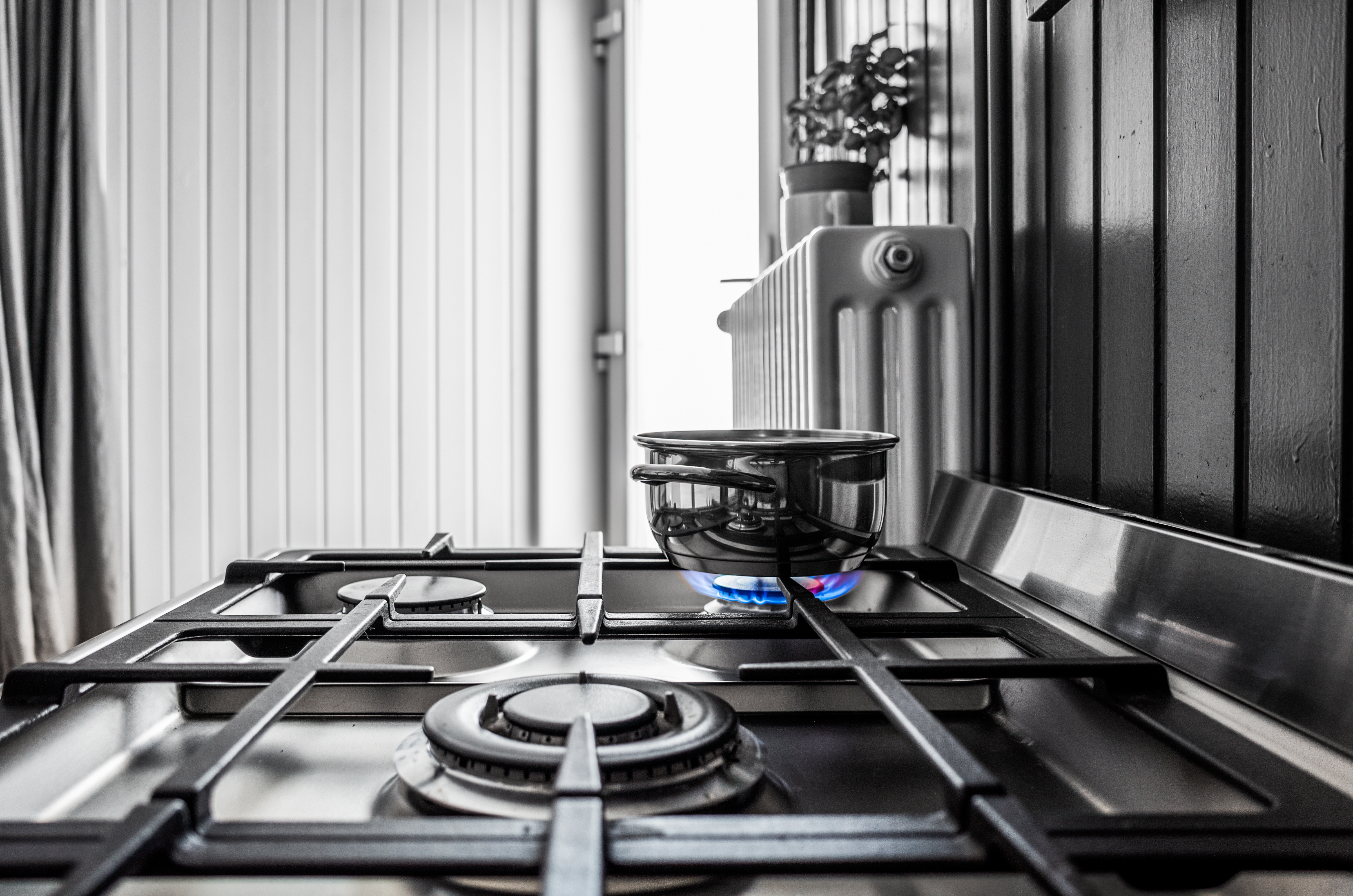Whether you’re looking for a new stove for a newly renovated kitchen or your current stove calls for a replacement, you still have two choices for it: gas and electric stove.
Both gas and electric stoves provide the means to cook food, but both have differences in terms of operating and installing it. So, choosing a new stove can be really tricky to determine which look is right for your kitchen. It may also be a good idea to ask yourself: are you a lover of tradition, or do you feel like going into something more modern?
To help you come up with a more informed decision, we outline the key difference between the two types —gas vs. electric stoves, to help you choose what’s right for your home.
1. Range of styles and appearance
Both the gas and electric stoves come in different styles and appearances but have similar features in terms of colors, materials, and finishes; the biggest difference is the top.
Gas stoves have raised and visible burners, rings, and also grates to set the pots on. Electric stoves, on the other hand, use coils that are visible or can be placed under glass for a sleeker and minimalist appearance.
2. Ignition and temperature control
Gas stoves offer more precise temperature control and are designed to ignite and produce heat immediately, compared to an electric stove. This simply means that you can cook food quickly, and its knob allows you to have more precise control of the temperature you need to cook certain dishes. Moreover, the heat immediately ceases when you shut off a gas stove and the burner begins to cool. This will allow you to leave pots on the range.
Photo Courtesy: Pexels
On the other hand, electric stoves do not respond as quickly, like the gas stove, in terms of heating it up, adjusting the temperature down, or turning it off. This means you may have a small delay before your food cooks. The burner will also remain hot for several minutes after you shut it off which may lead to overcooking if you left your pan on the burner.
If you’re also using an electric stove, some things that you cannot do, especially if you’re a committed home chef, are toasting, charring, and flambéing.
Well, for everyday cooking, both perform their job to cook a meal, however, with some minor adjustments for timing.
3. Installation
In terms of installation, no doubt that gas stoves are more difficult to install than electric ones. You’ll need to have a gas line run to your house or kitchen. Apart from the added time, you’ll also increase the cost of your project with the installation works.
While for an electric stove, its installation is fairly easy and simple. The stove is carried in, hardwired, or plugged in, then moved to your desired counter position. It won’t take too much of your time, plus you can do it yourself. Minimal costing may apply for minor modifications for fit.
4. Cost
The price range for electric and gas stoves isn’t much different. The price will still depend on its quality, size, finish material, and probably the appliance’s brand. However, as mentioned above, a gas stove requires a gas line which can increase its project cost higher than installing an electric stove, or when you already have an existing gas line.
5. Doing the maintenance.
In terms of stove cleaning, gas ranges can be slightly more difficult to keep clean than electric stoves. Yes, you can lift the grate away to wipe around the element, but the element itself can be harder to clean.
On the other hand, electric stovetops can be easier to clean, still depending on their style. Glass-topped models are fairly easy to wipe clean. Just wipe it with a damp rag and dish soap. Moreover, coils that lift up and allow you to remove the component underneath to clean and replace also make electric stoves fairly easy to maintain.
Photo Courtesy: Freepik
6. Power outage
Obviously, during a power outage, you’re dead with an electric stove. Electric stoves do not work in an outage and you might be needing a backup energy supply for this to function until electricity is restored.
While a pilot-lit gas stove can still function eleven during a power outage because it doesn’t need electricity to activate the pilot flame.
Photo Courtesy: Freepik
7. Durability
When it comes to durability, gas ranges tend to last a few years longer than electric ones. have an easier-to-maintain surface that will not shatter or scratch, so they require less maintenance and fewer repairs.
Unlike with the electric stoves, if a heavy object is dropped on a glass-topped range, it has the tendency to shatter. They can also become permanently scratched. Electric elements also wear out faster than gas ignition parts, which accounts for some of the difference.
8. Household safety
Any gas appliance, such as a gas stove, in the home, has the potential to develop a gas leak, which can cause fires or explosions. There’s also a chance of a flammable item getting too close and catching fire wherever there’s an open flame. You also risk gas leaks if not properly hooked up to a gas line or a knob turns enough to release gas without igniting.
Generally, although electric stoves do not totally eliminate the risks of fires, they may generally be considered safer.
But, since you can see the flame on a gas stove, you don’t need to worry about the stove being left on or off—you’ll know. So, regardless of what stove you are using, it is important to be vigilant and make sure that knobs are always turned off when the appliance is not in use.
9. Extra features
You’ve got lots of selection options for both electric and gas ranges. But you may have more to choose from electric models since they are a bit modern. Electric stoves may include grills, fans, warming drawers, and lights while gas models may have only warming drawers. Electric also has the option of using induction and conduction to cook your food.
Photo Courtesy: Freepik
To sum it up, when shopping for a new stove and choosing between gas and electric, choose what you’re most comfortable using and match your priorities. The choice will always be ultimately yours.
CITATIONS:
Gas vs Electric Stove: Which New Stove is Right For You? (2017, December 8). Kitchen & Bath. https://blog.kitchenandbathclassics.com/gas-vs-electric-stove
Schwartz, D. B. (n.d.). Gas or Electric? Choose Your Next Stove Wisely. Bob Vila. Retrieved September 23, 2021, from https://www.bobvila.com/articles/gas-vs-electric-stove/
Gas vs Electric Stove. (n.d.). Fixr. Retrieved September 23, 2021, from https://www.fixr.com/comparisons/gas-vs-electric-stove
![]()















